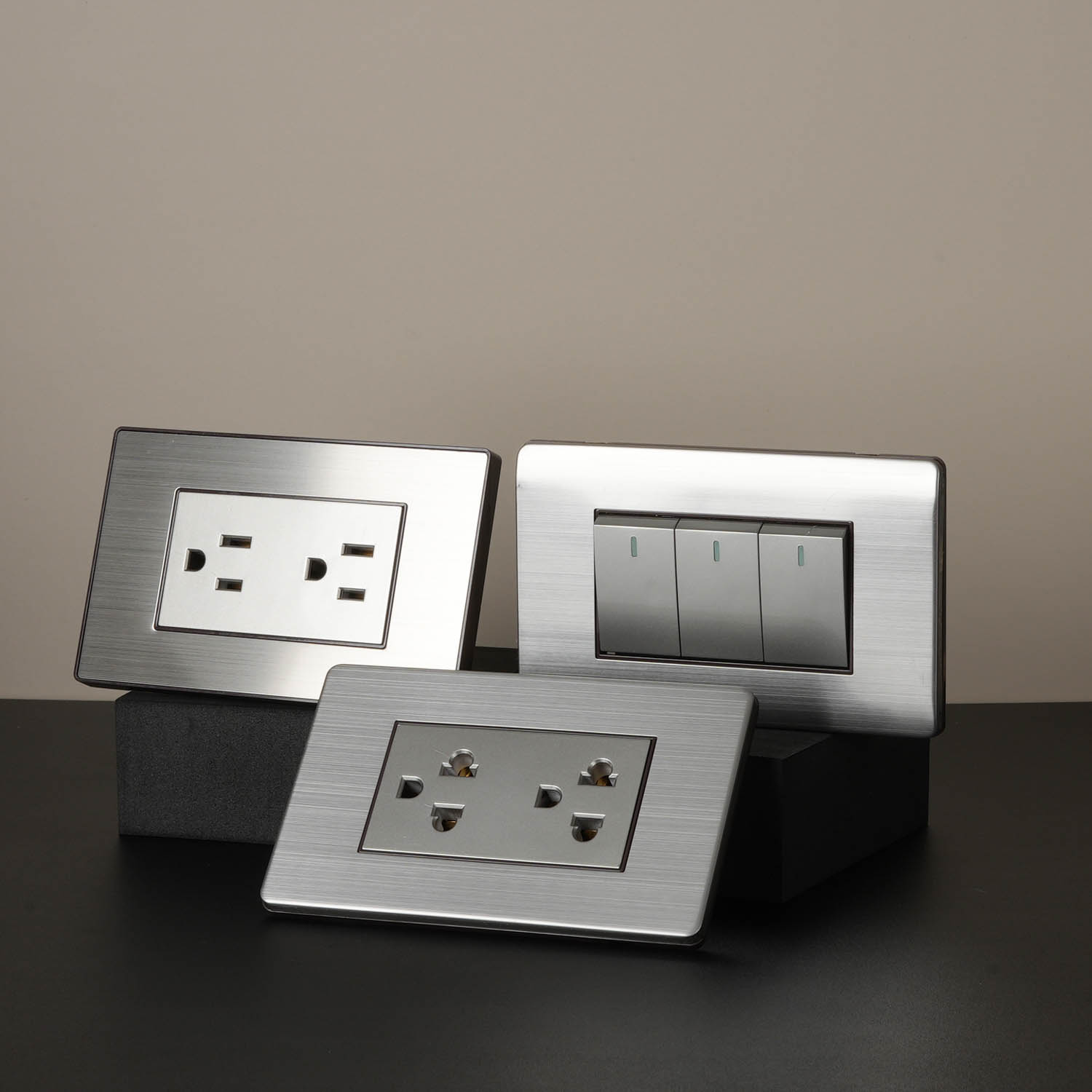Categories
- Blog (315)
From their humble beginnings to their current sophisticated designs, plug sockets have undergone significant transformations to meet the evolving needs of users and advancements in technology. Through this exploration, we delve into the history, functionality, design variations, safety standards, innovations, and future prospects of plug sockets, shedding light on their pivotal role in shaping the way we interact with electricity in our daily lives.

Plug sockets, also known as electrical outlets or power points, are ubiquitous fixtures in modern-day households and commercial spaces. These indispensable components provide the interface for connecting electrical devices to the power supply, facilitating the operation of various appliances and gadgets. In this comprehensive article, we will delve into the evolution of plug sockets, exploring their history, functionality, design variations, safety standards, innovations, and future prospects.
The concept of plug sockets traces back to the late 19th century with the advent of electricity. Early plug sockets were basic in design, featuring two or three holes to accommodate the prongs of electrical plugs. They were typically surface-mounted on walls or attached to extension cords, serving as essential connections for lamps, appliances, and other devices.
As electrical systems became more widespread, plug socket designs evolved to enhance safety, reliability, and functionality. One notable innovation was the introduction of grounded sockets, featuring a third hole for grounding conductors. Grounded sockets provided improved protection against electrical shocks and short circuits, contributing to overall safety in electrical installations.
The proliferation of electricity necessitated the establishment of safety standards and regulations governing plug socket design and installation. Regulatory bodies developed standards addressing voltage ratings, current capacities, insulation requirements, and construction materials to ensure the safety and performance of plug sockets. Compliance with these standards became mandatory for manufacturers, promoting uniformity and consistency in plug socket design and manufacturing.
In recent years, technological advancements have revolutionized plug sockets, transforming them into smart devices capable of remote control and automation. Smart plug sockets, equipped with wireless communication technology and sensors, allow users to monitor and control electrical devices remotely via smartphones or voice commands. These smart outlets offer convenience, energy efficiency, and enhanced home security, catering to the demands of modern lifestyles.
Plug sockets are now available in a plethora of designs, colors, and finishes to complement various architectural styles and interior décors. From sleek and minimalist outlets to decorative and retro-inspired designs, consumers have ample options to customize their electrical installations according to personal preferences and aesthetics. Additionally, modular plug socket systems offer flexibility and versatility, allowing users to customize configurations based on their specific requirements.
Looking ahead, the future of plug sockets is poised for further innovation and integration with emerging technologies. Wireless charging capabilities, energy harvesting solutions, and integration with the Internet of Things (IoT) are expected to drive the next wave of plug socket advancements. Wireless charging sockets, capable of powering devices without cables or adapters, are likely to gain popularity, especially in smart homes and commercial spaces. Energy-harvesting plug sockets, equipped with solar panels or kinetic generators, may offer sustainable solutions for off-grid power generation. Moreover, integration with IoT platforms and voice-controlled assistants could enhance the functionality and connectivity of plug sockets, ushering in an era of interconnected smart homes and workplaces.
Conclusion
In conclusion, plug sockets have evolved significantly since their inception, adapting to changing technological landscapes and user needs. From simple electrical connections to sophisticated smart devices, plug sockets have undergone a remarkable transformation, becoming integral components of modern electrical systems. As technology continues to advance, plug sockets are poised to play an even greater role in shaping the future of electrical connectivity, offering intelligent solutions for homes, offices, and public spaces alike.